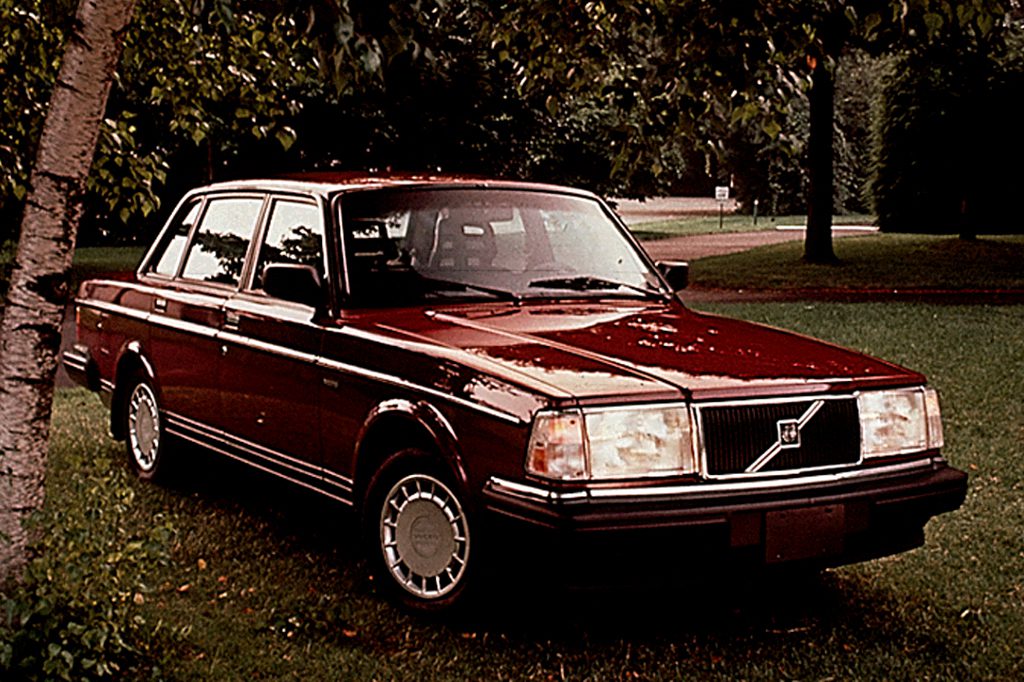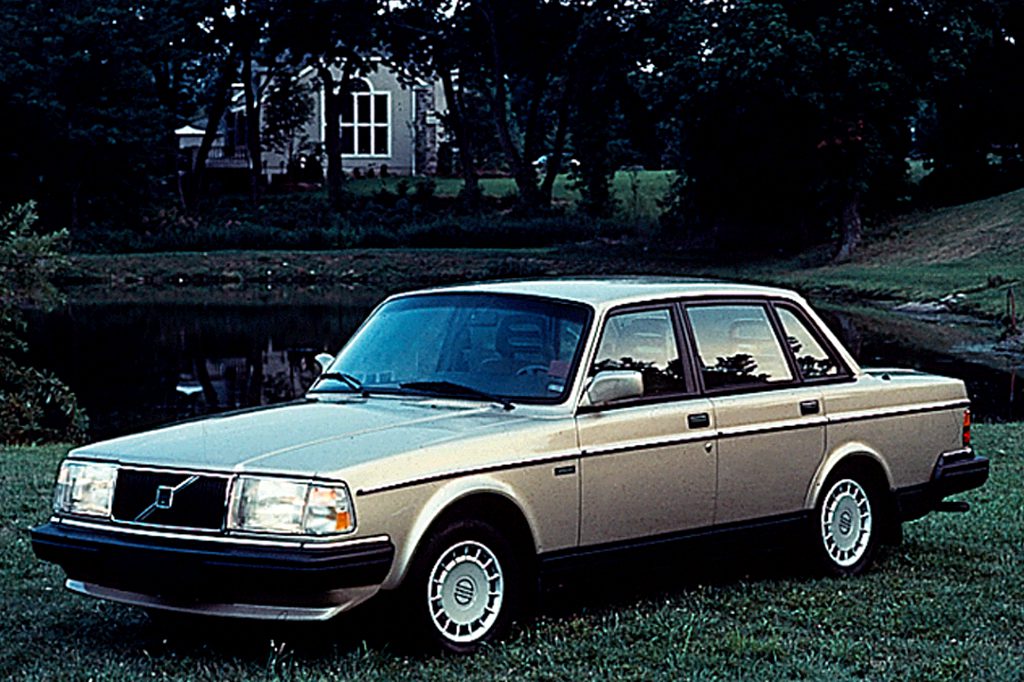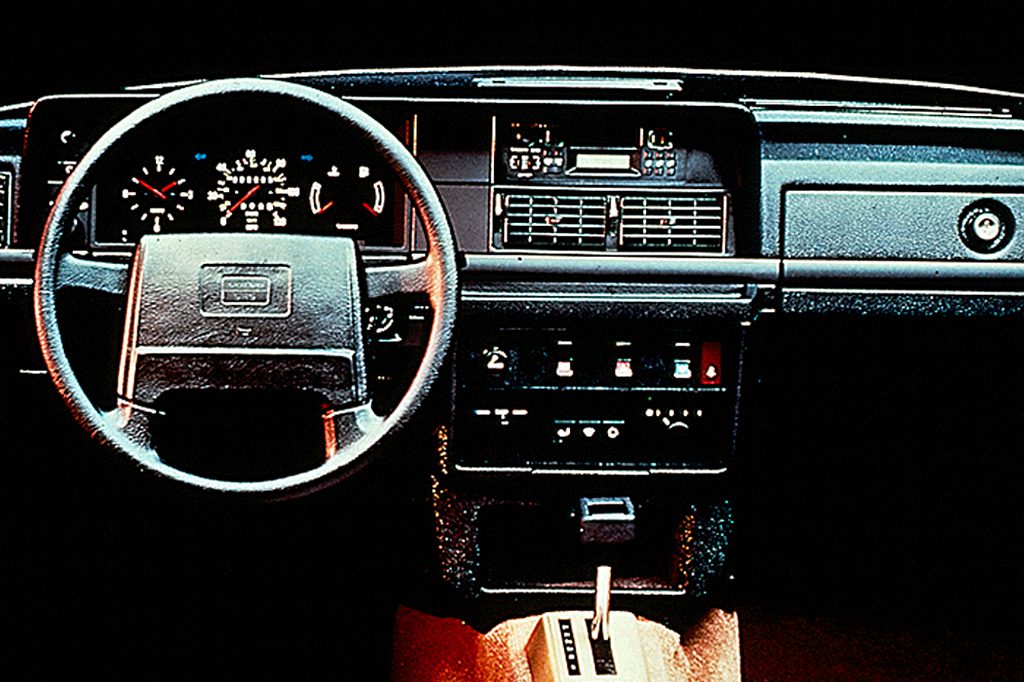| Midsize car; Built in Sweden |
|
|
| Good condition price range: $1,000 – $1,900* |

1990 Volvo 240 DL 4-door wagon

1990 Volvo 240 DL 4-door wagon

1991 Volvo 240 4-door sedan

1992 Volvo 240 4-door sedan

1991 Volvo 240 interior
| Pros: |
|
| Cons: |
|
While the 240 ranks low in both performance and accommodations when compared with others in the competitive and fast-growing near-luxury class, its durability may be a factor if you’re considering a used model for roomy, basic transportation.
Overview
The entry-level Volvo 240 sedan and station wagon models rode into the ’90s with a driver-side airbag and an underdashboard knee bolster. The GL series was dropped for 1990, leaving a new base model and the uplevel DL. All models still came with a 114-horsepower, 2.3-liter 4-cylinder engine, and either a 5-speed manual or 4-speed automatic transmission. Antilock brakes weren’t added as an option until 1991.
Yearly Updates
| 1991 240 Antilock brakes are a new option as the major change to the 1991 Volvo 240 models. |
| 1992 240 Antilock brakes are now standard on Volvo’s lower-price 240 sedan and wagon. Among other changes, Volvo has shifted its model lineup once again. The rear-drive 240 is offered as a 4-door sedan in base form and as a GL model. The 4-door wagon is offered in base trim only. |
| 1993 240 The highline GL sedan is dropped, leaving just a standard-issue 4-door sedan and 4-door wagon. Among the few options is a locking differential that’s effective below 25 mph, for extra traction on slippery surfaces. |
